With many states, Michigan included, legalizing the use of marijuana, its ‘cousin’ hemp has been used by manufacturers for decades to create everything from clothing to building materials, and is now legal to grow in the United States. One use for hemp in construction that can improve sustainability, and potentially longevity, of buildings is hempcrete.
Hempcrete is a bio-composite material, a mixture of the inner core of the hemp plant and lime. This material forms a lightweight ‘concrete’ and is used in construction for additional insulation. While not possessing the strength to sustain a foundation or load-bearing walls, hempcrete is supported by the frame and can act as an insulator and moisture regulator.
Used widely in France, hempcrete is used to renovate many buildings that were originally constructed with stone or lime. Hempcrete was first rediscovered in a bridge abutment in France that was originally built in the 6th century. It has seen growing use in Europe, with construction-related use becoming more widely accepted in the U.S. in the past year. The U.S. grows a little less than 10,000 acres of hemp per year, and the first modern hemp house was constructed in California in 2010. Hempcrete is a sustainable material, due to its low carbon footprint and ability to grow easily. Plants can reach maturity in a matter of months, and do not require chemical fertilizers or bug sprays. Hemp also improves soil quality for farmers looking to rotate crops.
Special permits are still needed to build with hemp, but manufacturers agree that it is ideal for low-rise construction because it is toxin-free and boasts a lower carbon footprint, requiring three times less heat to create blocks than standard limestone concrete.
Read more about: Hempcrete in Construction




